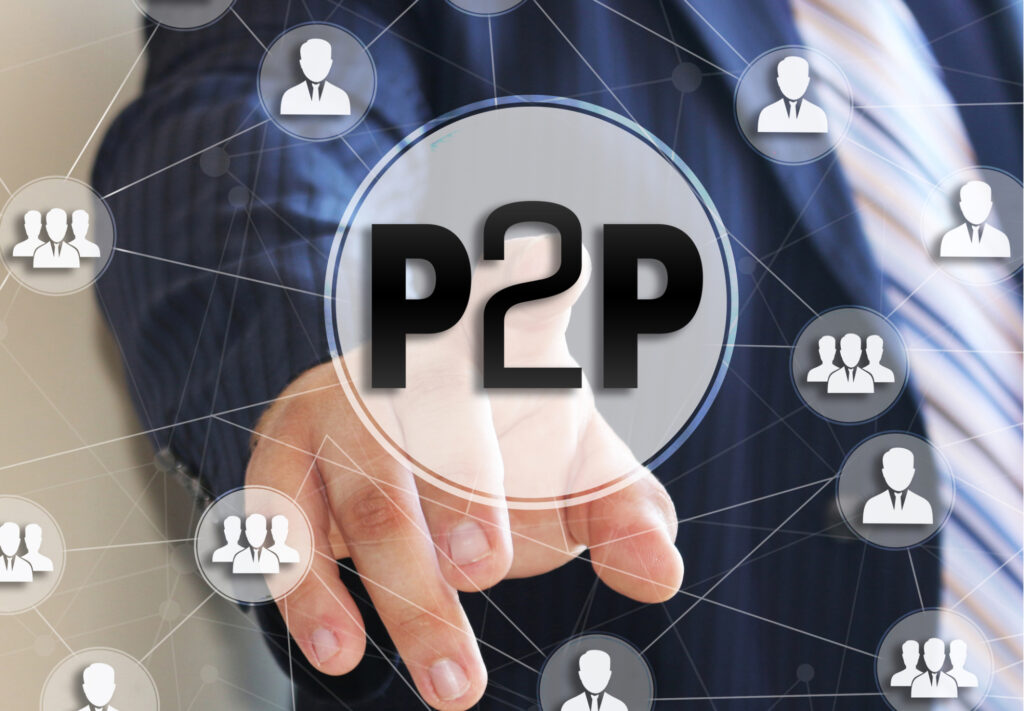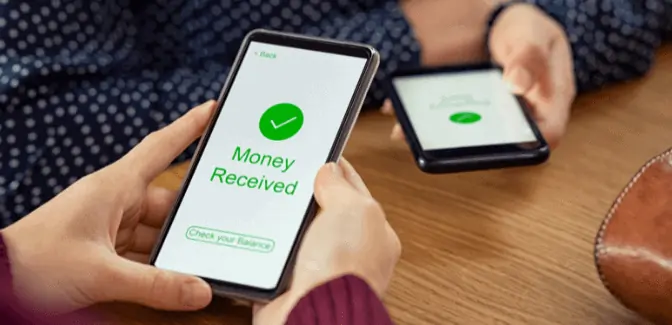Many peer-to-peer (P2P) payment apps, such as Venmo, Zelle, and Square Cash, have grown so popular among consumers that businesses are starting to offer customers P2P payment options.
The peer-to-peer (or person-to-person – P2P) method of sending money has become even more convenient for customers with the development of peer payment apps like Venmo and PayPal‘s peer-to-peer services.
P2P Payment Options – Benefits

For businesses, offering a P2P payment app can be a smart choice for multiple reasons:
- More Customers Will Pay With Cards – Businesses that accept credit or debit cards will see conversion rates increase when they offer customers the ability to pay with their peer-to-peer payment apps.
- Increase Average Tickets – Offering P2P payment options also increases the average sale amount, which in turn boosts your business’s revenue. In addition, customers may be more likely to pay with their peer-to-peer payment apps when they’re making small purchases, like when grabbing drinks after work or picking up lunch for the office.
- More Customers Means Less Cash On-site – This means that less cash will need to be stored on-site, which cuts down on fees associated with storing excess cash (e.g., security costs and insurance requirements).
- No Checkout Line Clutter – For businesses with smaller checkout lines, offering peer-peer payment apps allows customers to pay directly from their phones.
- Compliance Is Easier – Most peer-to-peer payment apps are compliant with current state and federal laws governing electronic payments, making P2P payment acceptance simpler for businesses who would otherwise have to go through the complicated process of upgrading their POS software to accept credit cards.
- Tapping Into The Mobile Payment Revolution – Offering peer-to-peer payment options allows your business to tap into the mobile payment revolution in a big way, especially if you do not currently accept cards. You can offer customers an easy way to pay without updating outdated equipment or investing in new hardware that’s compatible with peer-to-peer payment services.
- Credit Card Fraud Risk – Credit card fraud is a risk for businesses that offer peer-to-peer payments and accept credit cards.
- Minimal Technical Knowledge Required – Adding P2P payment capabilities to your existing POS system requires minimal technical knowledge. Most peer-peer payment apps can be integrated with common mobile Point of Sale (POS) software like Shopify, Square Point of Sale, and Intuit QuickBooks Point of Sale (POS).
- More Payment Options For Customers – Offering peer-peer payment options allows customers to pay with the preferred method, which makes them more likely to do so.
- Card Data Is Protected With A PIN or Touch ID Password – When customers use a peer-to-peer payment app on a mobile device, they can easily protect their payment information with a PIN or Touch ID password.
Many peer-to-peer payment apps are available, so your business will have to choose the option that best meets your needs and then tailor its marketing accordingly.
The explosive growth of peer-to-peer (P2P) payment apps, such as Venmo, Zelle, and Square Cash, has spilled into the business world. For those businesses that don’t accept cards for smaller transactions or customers who prefer peer-to-peer transactions, offering P2P payments can be a great way to increase sales.
Businesses may also feel safer storing less cash on site because peer-to-peer payments won’t involve physical currency. Of course, there’s also a risk of credit card fraud, but peer-peer payment apps can be integrated with standard mobile POS software to protect customer payment data.
History of P2P Payments

TD Bank Group is the first bank in North America to launch peer-to-peer payments through Facebook Messenger.
There are many peer-to-peer payment apps available, so your business will have to choose the option that best meets its needs and then tailor its marketing accordingly. For businesses that don’t accept cards for smaller transactions or customers who prefer peer transactions, offering P2P payments can be a great way to increase sales.
Businesses may also feel safer storing less cash on site because peer payments won’t involve physical currency. Credit card fraud is also a risk, but peer payment apps can be integrated with standard mobile POS software to protect customer payment data.
Advantages of P2P Payment

Peer-to-peer (P2P) payment apps allow businesses and consumers to transact directly, peer to peer, or individually by phone, web, or in person. These peer-peer transactions eliminate third-party processors such as Visa and Mastercard from the transaction between two parties. P2P payments are simpler than P2B (business to business) transfers.
When using a peer-peer payment app, you don’t need an account or routing number. Instead, you download the app and create your account with your name and email address. Then all you have to do is request money from another user; if they accept it, you can begin making peer-peer transactions. The peer-to-peer payment app will then access your default bank account and transfer the money into that account.
There are several peer-peer payment apps to choose from, but each has its unique features. P2P payment apps vary in their fee structures for initiating, withdrawing funds, and fees per transaction. Peer-peer payments typically fall between $3-$5 per transaction, depending on which peer-P2P payment app you use.
Some peer P2P payment apps may also charge more than others if there is currency conversion involved in the process or if it’s an international transaction. You can find out more about individual peer P2P payment apps by researching on the internet.
Wrapping Up
Businesses should determine which peer-peer payment app is best for them based on their customer base and transaction history. Most peer p2p payment apps are free to download, but some may charge monthly service fees.
An essential factor for businesses that accept peer-to-peer payments will be how much it costs each time a user initiates a peer-to-peer transaction. This is especially true with smaller business transactions because peer P2P payment apps generally don’t offer low or no-fee options for lower amounts like most credit cards do.
P2P payment apps are a great way to make transactions convenient for both buyers and sellers. But, while they can be a helpful addition to any business’s marketing strategy, there are some security risks involved with using them.
Before you start accepting payments via these platforms, you must take the time to research how each one works so that no customer has their money stolen or account compromised because of an innocent mistake.

